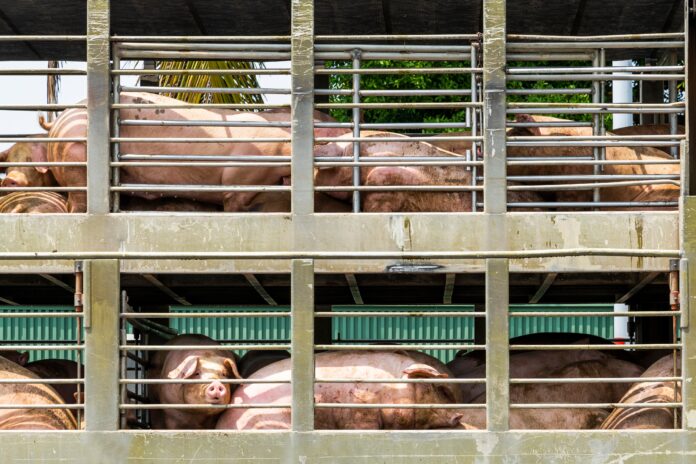The Department of Agriculture (DA) and local hog producers have agreed to set a minimum farmgate price of ₱210 per kilogram for live hogs to help ease the financial strain on farmers.
The decision comes after farmgate prices dropped to ₱150–₱180 per kilogram, levels that industry groups say barely cover production costs. The floor price aims to prevent further losses among both backyard and commercial raisers. However, the DA has not yet announced when the new price rule will take effect.
Agriculture Secretary Francisco Tiu Laurel Jr. said the move seeks to balance fairness across the supply chain, noting that despite falling farmgate prices, retail pork prices remain high—liempo still sells for about ₱400 per kilogram in public markets.
Alongside the floor price, the DA and hog industry groups are also urging the government to restore pork import tariffs to 40 percent from the current 25 percent under Executive Order 62. They argue that low tariffs have led to excessive pork imports, hurting local producers and threatening food security.
The DA is further considering the return of a suggested retail price (SRP) for pork products—previously set at ₱380/kg for liempo and ₱350/kg for kasim and pigue—to help stabilize retail prices. It also plans to reclassify pork jowls(currently treated as offal) to impose higher tariffs, citing their rising demand in restaurants and food processing.
Secretary Tiu Laurel has directed the agency’s marketing and inspection units to tighten monitoring of meat prices and labeling, requiring retailers to properly store and display frozen products.
The DA expects these combined measures to stabilize pork prices, protect local producers, and ensure fair trade amid continued market volatility.
As of November 1, DA data show pork ham selling for ₱280–₱390/kg, pork belly for ₱320–₱450/kg, frozen kasim for ₱230–₱300/kg, and frozen liempo for ₱290–₱350/kg in Metro Manila markets.







